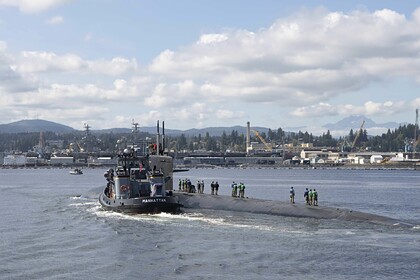The topography of the bottom of the South China Sea, in the depths of which the American nuclear submarine Connecticut of the Seawolf type recently collided with an unknown object, is subject to frequent changes due to tectonic activity, said The Drive is a veteran submariner of the US Navy (Navy) Aaron Amick.
"The bottom is in constant change. Some areas of the South China Sea are very deep, with sudden changes into very small, almost vertical structures that can come to the surface," the expert said.
According to him, these hills are dangerous and, if not detected in time, can lead to a collision. "Measuring the depth of the bottom under the submarine may not give it enough time to evade an almost vertical topographic change right ahead," the expert believes.
In October, the former commander of the nuclear submarine, Captain of the first rank Igor Kurdin, commenting on the possible circumstances of the recent collision of a US submarine with an unknown object, told Izvestia that at a safe depth of 45 meters, the submarine cannot meet with any surface ship or vessel, including a tanker.
Ivan Potapov

